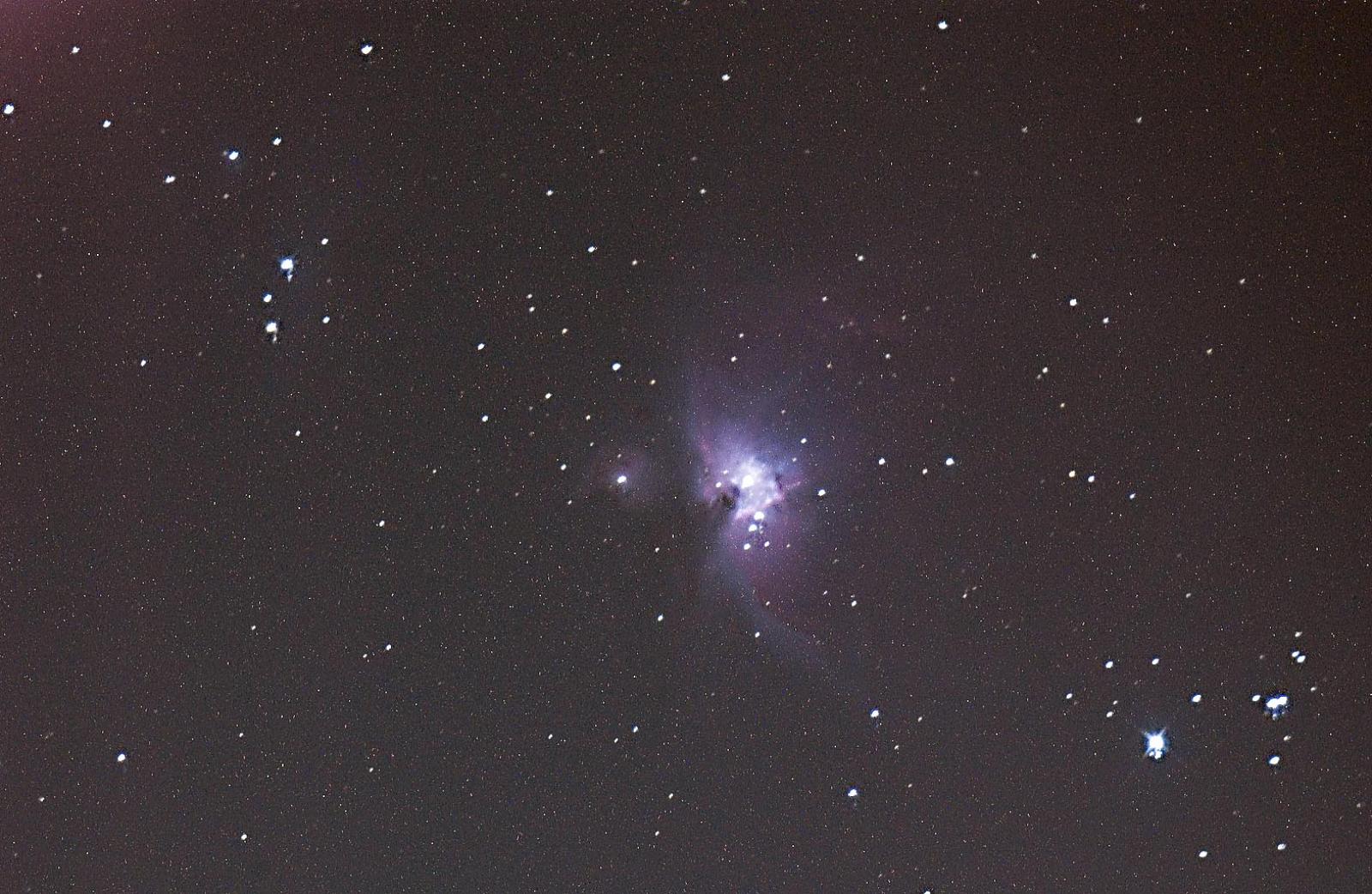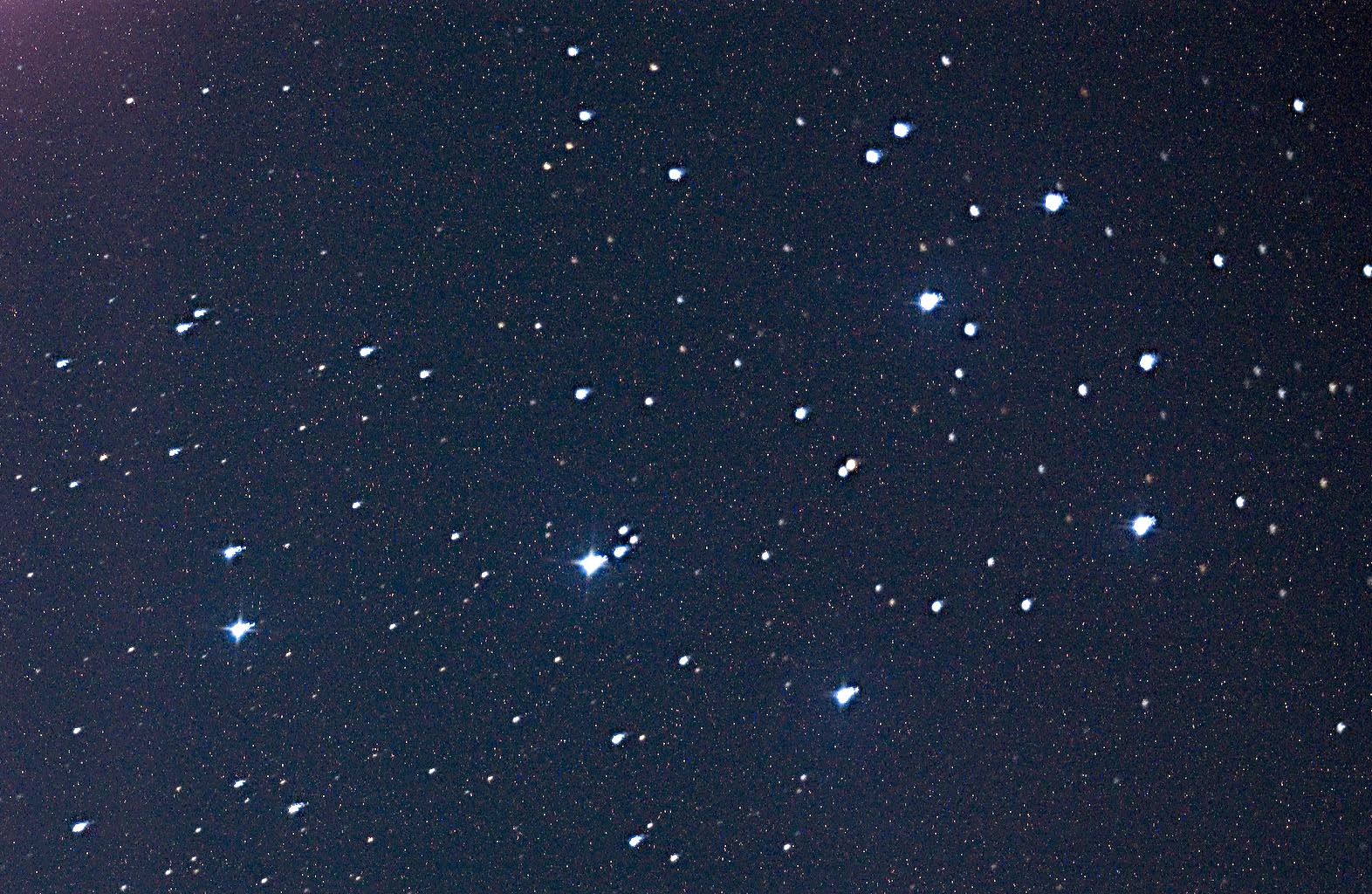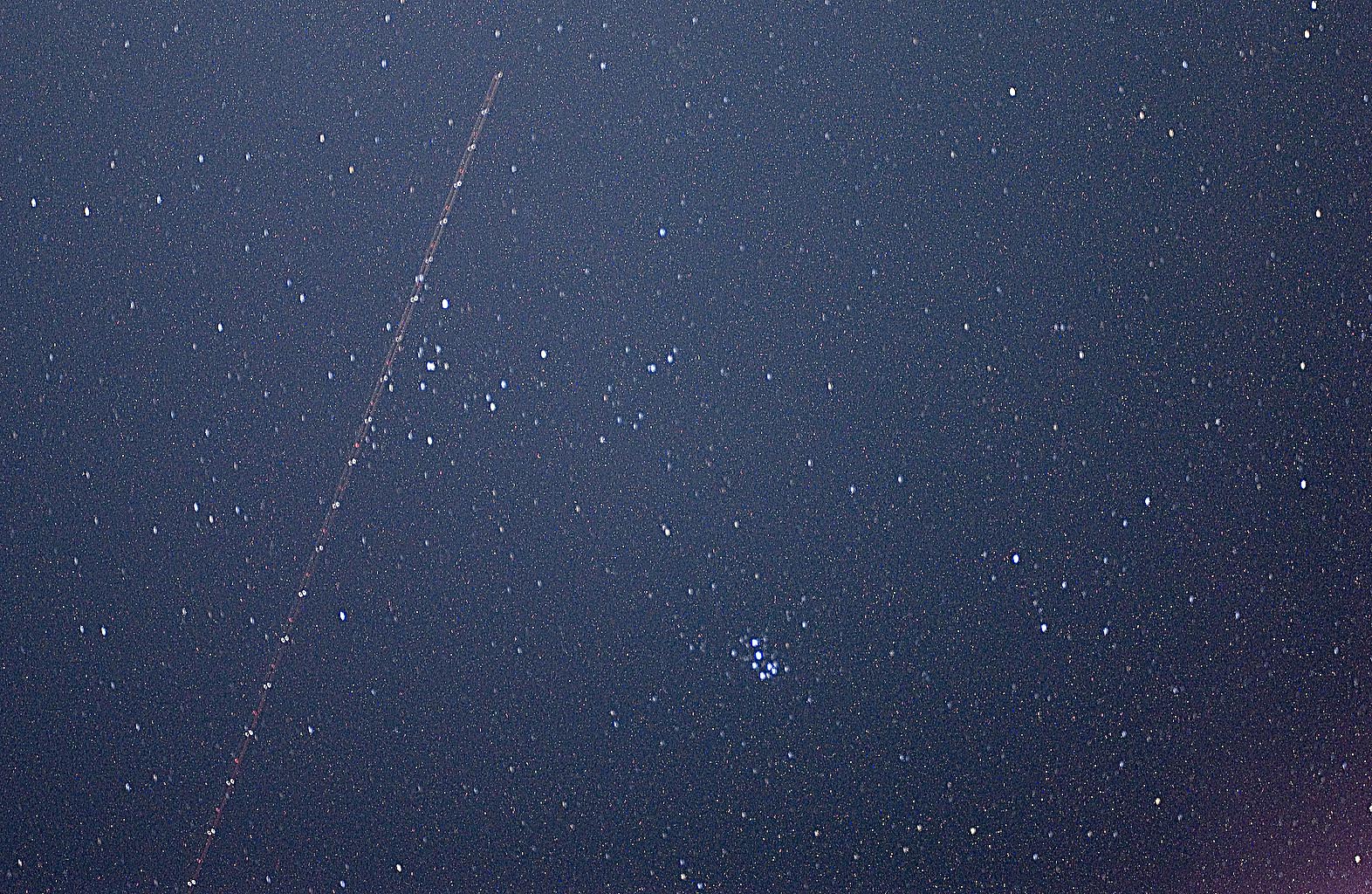At night the Earth loses all its importance.
Then the Vineyard, surrounded by a black ocean, isn’t just any island — it’s an Island amid the stars. And it’s the best viewing stand.
When the light of twilight fades, the Milky Way, our galaxy, becomes the Island’s neighborhood. Star clusters, comets and nebulae become a part of the Vineyard’s vivid landscape and the skyline of Cape Cod slips farther away. Hyannis, New Bedford and the city lights in which they bathe don’t matter here.
The Milky Way can stretch overhead from North to South. Pick a star, almost any star; the light you see coming from most stars in the night is older than the Internet, older than cell phones, even older than cable news.
From Wasque to Squibnocket Beach, pick a place. A shoreside night under a canopy of the universe is more than a place for science; it offers firm footing for poetry. Some of the world’s best poets have had less sky to inspire them than what Vineyarders get routinely. Add to it a backdrop of gentle waves hitting the zillions of grains of sand ... there is a metaphor in there somewhere, on any night.

Only the Old Man in the Moon can draw a vivid path of light over the tops of waves, from where the moon rises above the horizon to the shore where you stand. Clouds are the only thing in the night that can interfere.
I have fished, knee-deep in the water of Sengekontacket Pond on a still night, and seen the night’s brightest stars and the planet Venus reflect in the water. The water can mirror the sky, and that always amazes me.
Venus is now a morning planet, but earlier this year, the Earth’s closest planetary neighbor hugged close to the western horizon after the sun had set. For anyone walking the barrier beach at the Joseph Sylvia State Beach, Venus was a sentinel hanging over Oak Bluffs like an ornament.
Now it is Mars, the red planet’s turn. Mars is rising in the East over Chappaquiddick an hour after sunset.
At the dock in Owen Park in Vineyard Haven, when the stars come out no one gets lost. The North Star is right up there, above the tallest masts in the harbor. At Owen Park the circumpolar constellations dance around the North Star through the seasons and are never lost. This week, a few hours after sunset, the Big Dipper hung under the North Star. It sat above the North Horizon like a pot sits on a countertop. Cassiopeia, the Queen, the constellation that looks like the letter “W” is overhead.
At Menemsha Beach, sunset isn’t the only daily celestial event to celebrate; A setting moon or descending planet can be just as pretty. Last month Jupiter shone high over the Elizabeth Islands. Take your pick: The dim lights of Cuttyhunk are 8.4 nautical miles north west of Menemsha Beach. Over Gosnold’s islands, Jupiter was 567 million miles away. This afternoon when the sun sets, it will be 91 million miles away.
Felix Neck Wildlife Sanctuary, when it is open for stargazing, is increasingly precious. Here, street lights and house lights have never interfered with the night and they never will. This week the gibbous moon and the stars of the bright constellation Orion were the brightest lights in that Massachusetts Audubon Society sanctuary. The brightest star Sirius rose over Sengekontacket Pond. The star is 8 light years away — so far away, it takes light eight years to get here from there. President Bush wasn’t president when Sirius sent us a simple message, light.
Peaked Hill provided a special memory for me. Twenty-one years ago a small group of spirited Islanders did a pilgramage to the top of the hill in the wee hours of a winter morning to watch Halley’s Comet rise in the East, before dawn, before anyone else was thinking of awakening that early.
The image of the comet remains as vivid to me today as back then. As the sky lightened, more was revealed. The ocean on that morning was covered with a thin veil of motionless mist. The hill provided a perfect window for the start of a day.
With backyard astronomy there for the taking in almost anyone’s Vineyard yard, a star chart can be the night’s program.
Comet Hale Bopp was overhead more than a decade ago. There have been other comets.
This month Comet Holmes hovers overhead, near the zenith. Unfortunately, it can’t be seen by everyone. Comet Holmes is faint and you’ll need a current star chart to see it in the constellation Perseus. Comet Holmes is one of those surprises that remind us the Universe isn’t always predictable. Scientists knew that little Comet Holmes had just rounded the Earth and was heading back out to outer space, but what they didn’t know was that it would explode on the way.
While you don’t need binoculars to find Comet Holmes, you’ll need something like binoculars to see its distinctive faint fuzzy ball appearance, which fills more sky overhead than the moon. The comet’s tail isn’t visible because it is behind the comet, heading away from the earth.
Just about every astronomical event that can be seen can be watched from the Vineyard. I’ve seen vivid Northern Lights move like curtains overhead, and I’ve seen it from an Island golf course. Some of the night’s best meteor showers have been seen here.
I have had an opportunity to share the night sky with a number of good friends. The star parties are small and informal. At times we’ve been forward-thinking enough to bring along hot cocoa or coffee. There have been gatherings for children and their parents.
There are quite a few stargazers on the Island who share in the fellowship and they do have a sense of humor. Bill Wilcox of West Tisbury once told me that the moon was his favorite when it came to looking through his telescope. I asked him “Why?”
“I can find it,” he said.
Mark Alan Lovewell writes the Gazette’s weekly Vineyard Skies column. He will lead an evening of stargazing at Felix Neck Wildlife Santuary on Sunday, Dec. 9 at 6 p.m. For details, call 508-627-4850.
s







Comments
Comment policy »